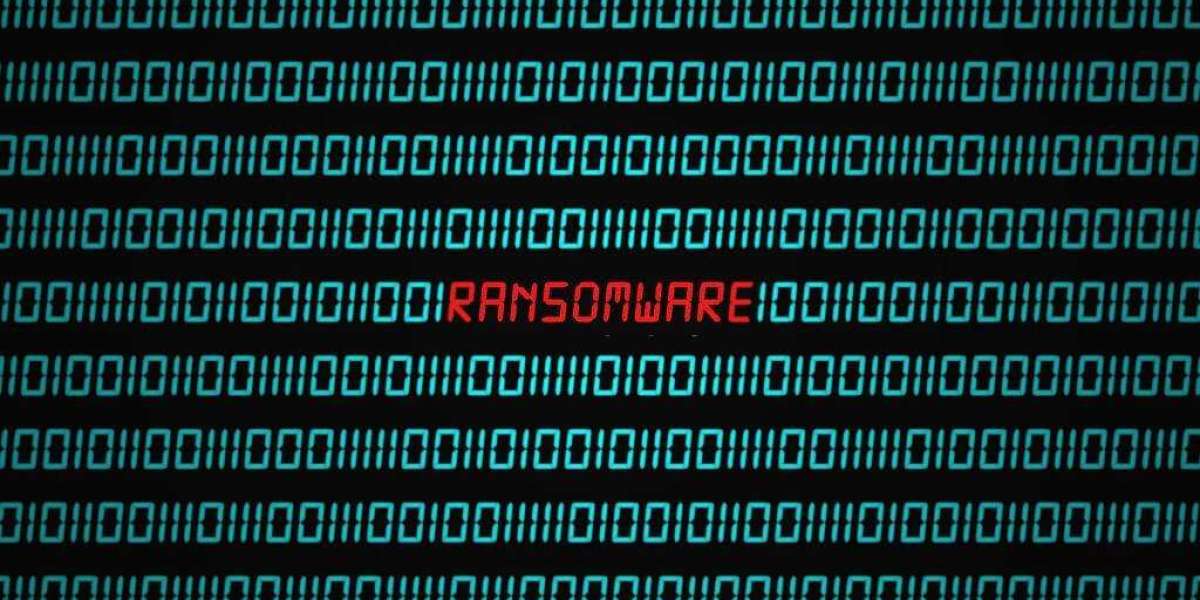As ransomware evolves and starts targeting mobile devices, it becomes crucial for businesses to implement best practices to protect their valuable data. Here are eight tips for Ransomware Best Practices for businesses:
Educate employees: Provide comprehensive training to employees about the risks of ransomware and how to identify and avoid suspicious links, attachments, and apps. Promote a culture of cybersecurity awareness throughout the organization.
Use reliable security software: Install reputable security software on all mobile devices and keep them up to date. This includes antivirus, anti-malware, and anti-ransomware solutions. Regularly scan devices for any potential threats.
Implement strong access controls: Enforce strict access controls to limit the number of employees who have administrative privileges. Regularly review and update user access permissions to ensure that only authorized personnel can make changes to critical systems.
Backup data regularly: Establish a robust backup strategy for mobile devices. Regularly back up essential data to a secure, offline location. This ensures that even if a device is compromised, the data can be restored without paying a ransom.
Enable remote wiping and tracking: Enable remote wiping and tracking capabilities for mobile devices. If a device is lost or stolen, this allows you to remotely erase the data and locate the device, minimizing the potential impact of a ransomware attack.
Keep devices and software up to date: Regularly update mobile devices and their operating systems, as well as all installed apps. Patches and updates often include security fixes that address vulnerabilities exploited by ransomware.
Implement a mobile device management (MDM) solution: Use an MDM solution to centrally manage and monitor mobile devices within the organization. This allows you to enforce security policies, track devices, and remotely manage security configurations.
Develop an incident response plan: Have a well-defined incident response plan in place that includes specific steps to follow in the event of a ransomware attack. This plan should include procedures for isolating infected devices, notifying relevant personnel, and initiating the recovery process.
Remember, cybersecurity is an ongoing process, and it's important to stay updated on the latest threats and security practices. Regularly review and improve your security measures to stay one step ahead of cybercriminals.
